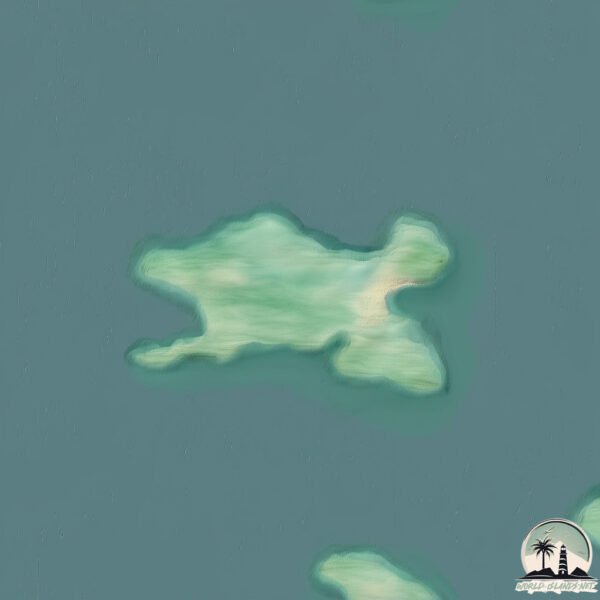Welcome to Penn , a Temperate island in the South Atlantic Ocean, part of the majestic Atlantic Ocean. This guide offers a comprehensive overview of what makes Penn unique – from its geography and climate to its population, infrastructure, and beyond. Dive into the details:
Geography and size of Penn
Size: 1.657 km²Coastline: 8.4 kmOcean: Atlantic OceanSea: South Atlantic OceanContinent: South America
Penn is a Small Island spanning 1.7 km² with a coastline of 8.4 km.
Archipel: Falkland Islands – Located in the South Atlantic Ocean, this British Overseas Territory is known for its rugged terrain, biodiversity, and historical significance.
Tectonic Plate: South America – A major plate covering the South American continent and part of the Atlantic Ocean, known for the Andes mountain range and significant seismic and volcanic activity.
The geographic heart of the island is pinpointed at these coordinates:
Climate and weather of Penn
Climate Zone: TemperateClimate Details: Subpolar Oceanic ClimateTemperature: Cold Summer
Climate Characteristics: Predominantly cold with cool summers and no dry season. Often found in coastal areas at higher latitudes or on islands.
Topography and nature of Penn
Timezone: UTC-04:00Timezone places: America/La_PazMax. Elevation: 44 m Mean Elevation: 30 mVegetation: ShrublandTree Coverage: 85%
The mean elevation is 30 m. The highest elevation on the island reaches approximately 44 meters above sea level. The island is characterized by Plains: Flat, low-lying lands characterized by a maximum elevation of up to 200 meters. On islands, plains are typically coastal lowlands or central flat areas.
Dominating Vegetation: Shrubland
Vegetation: 3 vegetation zones – Moderately Diverse Island
Infrastructure and Travelling to Penn
Does the island have a public airport? no .
Does the island have a major port? no .
The mean population of Penn is 0 per km². Penn is Uninhabited. The island belongs to Falkland Is. .
Continuing your journey, Beaver is the next notable island, situated merely km away.
Discovery Islands (12/13): Setup tent on Penn Island (timelapse)
Setting up the Mountain Hardware Hammerhead tent on Penn Islands next to the Whale Passage.
Discovery Islands (12/13): Setup tent on Penn Island (timelapse)
Setting up the Mountain Hardware Hammerhead tent on Penn Islands next ...
Setting up the Mountain Hardware Hammerhead tent on Penn Islands next to the Whale Passage.
Milkyway timelapse Penn Island Sep 9 2024`
Milkyway timelapse shot from about 1500 photos Sept 9 on Penn Island ...
Milkyway timelapse shot from about 1500 photos Sept 9 on Penn Island North camp site compiled into a video in Final Cut Pro.
Orca at whales passage Penn Island North . BC
4 Orca crossing near our campsite on Penn Island . #orca #kayaking ...
4 Orca crossing near our campsite on Penn Island . #orca #kayaking #seakayaking.
Falkland Is. is classified as Developed region: G7: Group of Seven – Major advanced economies, including Canada, France, Germany, Italy, Japan, the United Kingdom, and the United States. The level of income is High income: OECD.
News – Latest Updates and Headlines from Penn
Stay informed with the most recent news and important headlines from Penn. Here’s a roundup of the latest developments.
Loading...
Please note: The data used here has been primarily extracted from satellite readings. Deviations from exact values may occur, particularly regarding the height of elevations and population density. Land area and coastline measurements refer to average values at mean high tide.

